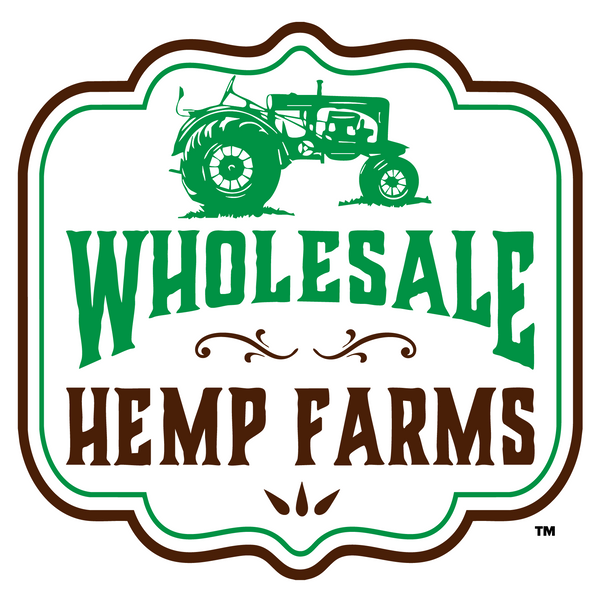Hemp Gardening Tips for Beginners: Cultivating Success at Home
If you're considering diving into the rewarding world of hemp gardening, you're in for a treat. Hemp is not only an environmentally friendly powerhouse, but it also provides health-conscious gardeners with an abundant source of natural remedies and fibers. Whether you're aiming to grow your own hemp flower collection or just want a unique addition to your garden, these beginner tips will set you on the path to a thriving hemp garden.
Soil Preparation for Hemp
One of the key factors in a successful hemp garden is well-prepared soil. Hemp thrives in well-aerated, loamy soil with good drainage. Begin by testing your soil pH levels; hemp prefers a pH between 6.0 and 7.5. If your soil is too acidic or alkaline, consider amending it with organic materials such as compost or lime to balance the pH level.
Adding organic matter like compost or aged manure can greatly enhance soil fertility, providing essential nutrients for your growing hemp. Tilling the soil to around 12-15 inches deep will help aerate and mix these amendments thoroughly. This effort sets a healthy foundation for robust growth.
Planting Hemp: Timing and Spacing
The timing of your hemp planting is crucial. Wait until the final frost has passed and the soil has warmed to 46-50°F. This usually aligns with early spring in most parts of the U.S. When planting, space your hemp plants 4-6 feet apart, as they require room to develop a strong root system and wide canopy.
For those interested in specific hemp varieties, consider experimenting with different strains to find the best fit for your garden. Strains like the Mothership Flower or Green Goddess Flower might be a good starting point for discovery.
Watering and Nutrient Management
Hemp requires a steady supply of water, especially during the first six weeks of growth. Drip irrigation systems can conserve water while ensuring your plants receive consistent moisture. However, be cautious of over-watering, as hemp is susceptible to root rot.
Nutrient management is another critical aspect of hemp gardening. During the vegetative stage, focus on higher nitrogen levels to support leafy growth. As the plants transition to the flowering stage, reduce nitrogen and increase phosphorus and potassium to encourage blooming. Monitoring nutrient levels will help prevent deficiencies and promote healthy plants.
Harvesting Hemp: Timing Is Everything
Knowing when to harvest is key to obtaining high-quality hemp. Most hemp plants are ready for harvest 3-4 months after planting. The best time to harvest is when the resin on the flowers turns milky white and the plant’s trichomes are at their peak potency. It's important to regularly inspect your plants as harvest time approaches to ensure you don't miss this window.
After harvesting, decisions about processing or drying will depend on your intended use. If you're growing for CBD extraction, you may want to explore products like CakeBerry Brûlée for industry insights.
Conclusion: Begin Your Hemp Gardening Journey
Hemp gardening provides a unique opportunity to connect with nature while producing sustainable products for personal use. With these tips in hand, you're well-equipped to start your journey. Remember, every garden is unique, so don't hesitate to adjust these strategies to suit your local conditions. If you have more questions about growing hemp or selecting strains, visit our FAQ page or Contact Us for personalized advice. Happy gardening!

